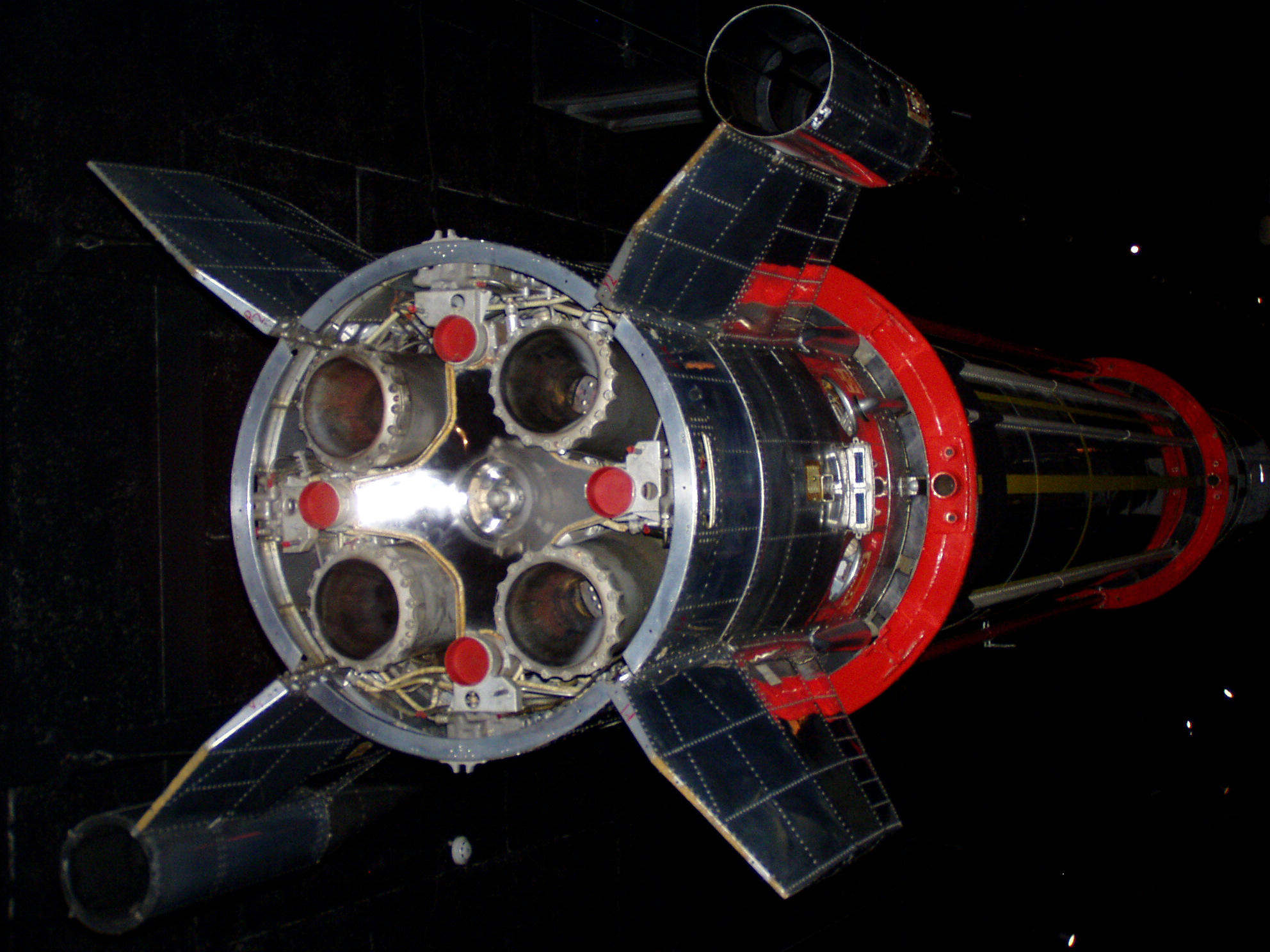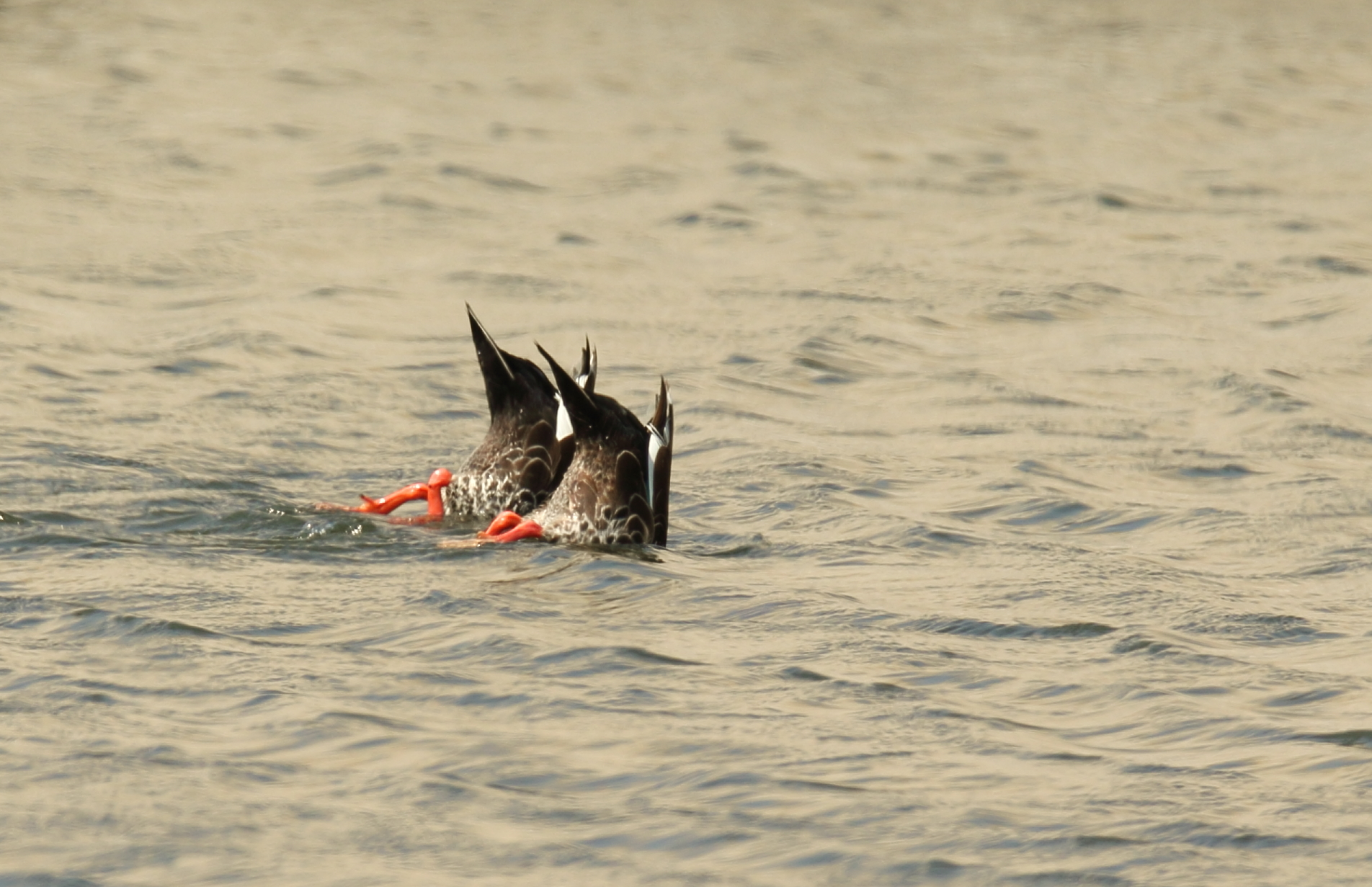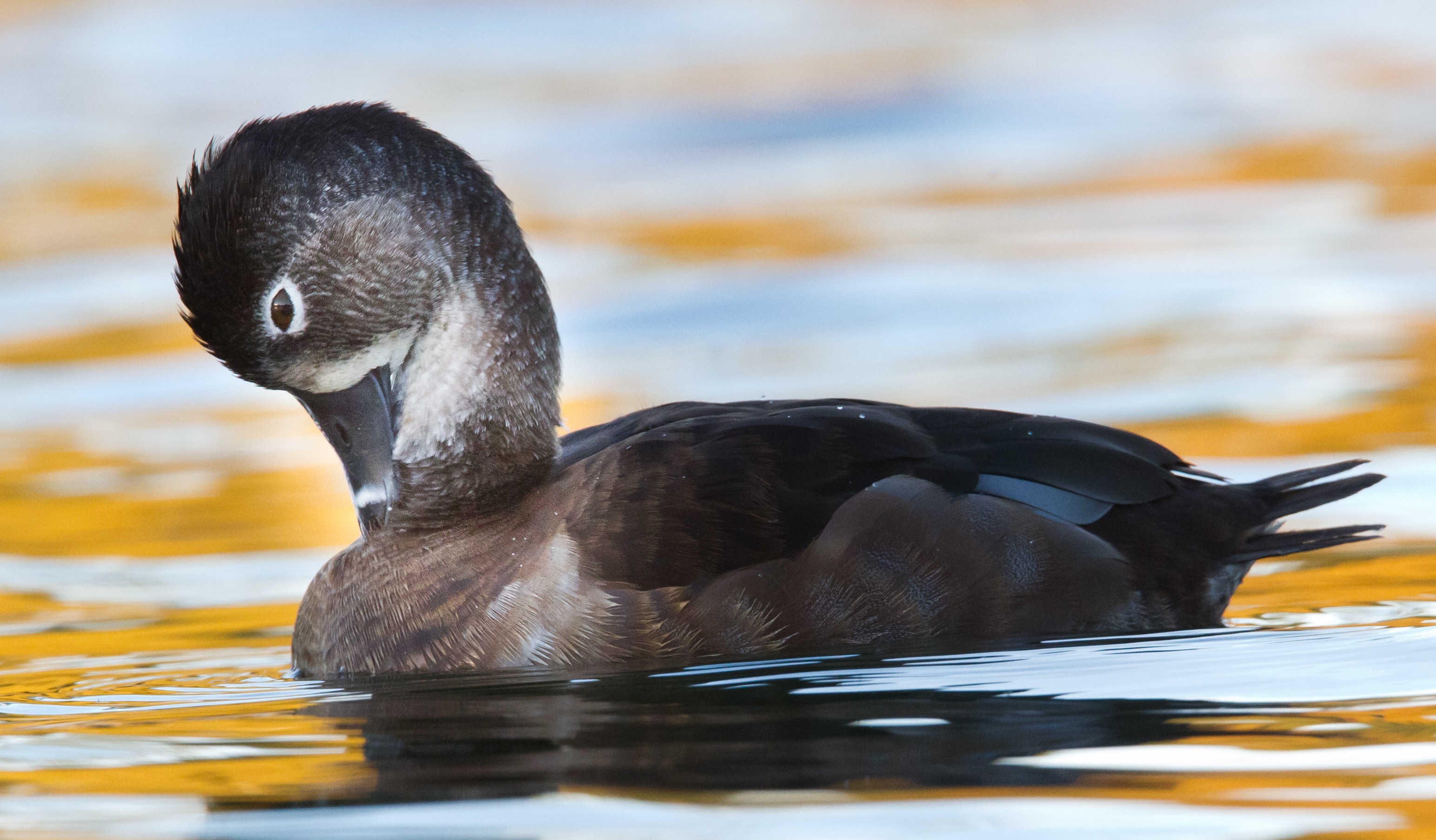|
Redhead (bird)
The redhead (''Aythya americana'') is a medium-sized diving duck. The scientific name is derived from Greek ''aithuia'', an unidentified seabird mentioned by authors including Hesychius and Aristotle, and Latin ''americana'', of America. The redhead is long with an wingspan. Redhead weight ranges from 2.0 to 2.5 lbs (907-1134 g), with males weighing an average of 2.4 lbs (1089 g) and females weighing an average of 2.1 lbs (953 g). It belongs to the genus Aythya, together with 11 other described species. The redhead and the common pochard form a sister group which together is sister to the canvasback. The redhead goes by many names, including the red-headed duck and the red-headed pochard. This waterfowl is easily distinguished from other ducks by the male's copper coloured head and bright blue bill during the breeding season. Taxonomy and phylogeny Taxonomy The redhead is in the family Anatidae (ducks, swans, geese) and genus ''Aythya'' (diving ducks). There are current ... [...More Info...] [...Related Items...] OR: [Wikipedia] [Google] [Baidu] |
Thomas Campbell Eyton
Thomas Campbell Eyton JP, DL (10 September 1809 – 25 October 1880) was an English naturalist whose fields were cattle, fishes and birds. He was a friend and correspondent of Charles Darwin though he opposed his theories. Eyton was born at Eyton Hall, near Wellington, Shropshire. He studied at St John's College, Cambridge, where he was a contemporary and friend of Charles Darwin. After succeeding to the estate in 1855 Eyton built a large natural history museum at Eyton Hall that included a range of bird skins and skeletons, described as "one of the finest in Europe". Besides Darwin, Eyton enjoyed a correspondence with other naturalists including Louis Agassiz, Asa Gray and Alfred Russel Wallace. Eyton published ''History of the Rarer British Birds'' (1836), ''A Monograph on the Anatidae, Or Duck Tribe'' (1838), ''A History of Oyster and Oyster Fisheries'' (1858) and ''Osteologia Avium'' (1871–78). He established in about 1842 the ''Herd Book of Hereford Cattle'', which ... [...More Info...] [...Related Items...] OR: [Wikipedia] [Google] [Baidu] |
World Museum
World Museum is a large museum in Liverpool, England which has extensive collections covering archaeology, ethnology and the natural and physical sciences. Special attractions include the Natural History Centre and a planetarium. Entry to the museum is free. The museum is part of National Museums Liverpool. History The museum was originally started as the Derby Museum as it comprised the 13th Earl of Derby's natural history collection. It opened in 1851, sharing two rooms on Duke Street with a library. However, the museum proved extremely popular and a new, purpose-built building was required. Land for the new building, on a street then known as Shaw's Brow (now William Brown Street), opposite St George's Hall, was donated by local MP and Merchant William Brown, as was much of the funding for the building which would be known as the William Brown Library and Museum. Around 400,000 people attended the opening of the new building in 1860. Reports detailing the museum's ... [...More Info...] [...Related Items...] OR: [Wikipedia] [Google] [Baidu] |
Dabbling Ducks
The Anatinae are a subfamily of the family Anatidae (swans, geese and ducks). Its surviving members are the dabbling ducks, which feed mainly at the surface rather than by diving. The other members of the Anatinae are the extinct moa-nalo, a young but highly apomorphic lineage derived from the dabbling ducks. There has been much debate about the systematical status and which ducks belong to the Anatinae. Some taxonomic authorities only include the dabbling ducks and their close relatives, the extinct moa-nalos. Alternatively, the Anatinae are considered to include most "ducks", and the dabbling ducks form a tribe Anatini within these. The classification as presented here more appropriately reflects the remaining uncertainty about the interrelationships of the major lineages of Anatidae (waterfowl). Systematics The dabbling duck group, of worldwide distribution, was delimited in a 1986 study to include eight genera and some 50–60 living species. However, Salvadori's teal is a ... [...More Info...] [...Related Items...] OR: [Wikipedia] [Google] [Baidu] |
Pochard , ''Netta erythrophthalma''
{{Animal common name ...
Pochard is a common name used for several species of diving ducks: *Four species in the genus ''Aythya'': ** Common pochard, ''Aythya ferina'' ** Baer's pochard, ''Aythya baeri'' ** Ferruginous pochard, ''Aythya nyroca'' ** Madagascar pochard, ''Aythya innotata'' * Three species in the genus ''Netta'': ** Red-crested pochard, ''Netta rufina'' ** Rosy-billed pochard or Rosybill, ''Netta peposaca'' ** Southern pochard The southern pochard (''Netta erythrophthalma'') is a species of duck, and a member of the genus '' Netta''. There are two subspecies, the South American (southern) pochard ''N. e. erythrophthalma'' (Wied-Neuwied, 1833) and the African (southern) ... [...More Info...] [...Related Items...] OR: [Wikipedia] [Google] [Baidu] |
Lesser Scaup
The lesser scaup (''Aythya affinis'') is a small North American diving duck that migrates south as far as Central America in winter. It is colloquially known as the little bluebill or broadbill because of its distinctive blue bill. The origin of the name scaup may stem from the bird's preference for feeding on scalp—the Scottish word for clams, oysters, and mussels; however, some credit it to the female's discordant scaup call as the name's source. It is apparently a very close relative of the Holarctic greater scaup or "bluebill" (''A. marila''), with which it forms a superspecies. The scientific name is derived from Ancient Greek ''aithuia'' an unidentified seabird mentioned by authors including Hesychius and Aristotle, and Latin, ''affinis'' "related to", from its resemblance to the greater scaup. Description Adults are long, on average. The species can weigh ; males weigh on average and females weigh noticeably less, at on average. Wing lengths (not wingspans) are abou ... [...More Info...] [...Related Items...] OR: [Wikipedia] [Google] [Baidu] |
Greater Scaup
The greater scaup (''Aythya marila''), just scaup in Europe or, colloquially, "bluebill" in North America, is a mid-sized diving duck, larger than the closely related lesser scaup. It spends the summer months breeding in Alaska, northern Canada, Siberia, and the northernmost reaches of Europe. During the winter, it migrates south to the coasts of North America, Europe, and Japan. Drake greater scaup are larger and have more rounded heads than the females; they have a bright blue bill and yellow eyes. Their heads are dark, with a green gloss; the breast is black, the belly white and the wing shows a white stripe. The females are mostly brown, again with white on the wing. They have dull blue bills and white on the face. Greater scaup nest near water, typically on islands in northern lakes or on floating mats of vegetation. They begin breeding at age two, but start building nests in the first year. The drakes have a complex courtship, which takes place on the return migration to ... [...More Info...] [...Related Items...] OR: [Wikipedia] [Google] [Baidu] |
Tufted Duck
The tufted duck or tufted pochard (''Aythya fuligula'') is a small diving duck with a population of close to one million birds, found in northern Eurasia. The scientific name is derived from Ancient Greek '' aithuia'', an unidentified seabird mentioned by authors including Hesychius and Aristotle, and ''Latin'' ''fuligo'' "soot" and ''gula'' "throat". Description The adult male is all black except for white flanks and a blue-grey bill with gold-yellow eyes, along with a thin crest on the back of its head. It has an obvious head tuft that gives the species its name. The adult female is brown with paler flanks, and is more easily confused with other diving ducks. In particular, some have white around the bill base which resembles the scaup species, although the white is never as extensive as in those ducks. The females' call is a harsh, growling "karr", mostly given in flight. The males are mostly silent but they make whistles during courtship based on a simple "wit-oo". The onl ... [...More Info...] [...Related Items...] OR: [Wikipedia] [Google] [Baidu] |
Ring-necked Duck
The ring-necked duck (''Aythya collaris'') is a diving duck from North America commonly found in freshwater ponds and lakes. The scientific name is derived from Greek , an unidentified seabird mentioned by authors including Hesychius and Aristotle, and Latin ''collaris'', "of the neck" from ''collum'', "neck". Description Ring-necked ducks are small to medium-sized diving ducks with the following length, weight, and wingspan measurements: * Length: 15.3-18.1 in (39-46 cm) * Weight: 17.3-32.1 oz (490-910 g) * Wingspan: 24.4-24.8 in (62-63 cm) The adult male is similar in color pattern to the Eurasian tufted duck, its relative. Males are a little bit bigger than the female. It has two white rings surrounding its gray bill, a shiny black angular head, black back, white line on the wings, a white breast and yellow eyes. The adult female has a grayish brown angular head and body with a dark brown back, a dark bill with a more subtle light band than the male, grayish-bl ... [...More Info...] [...Related Items...] OR: [Wikipedia] [Google] [Baidu] |
Baer's Pochard
Baer's pochard (''Aythya baeri'') is a diving duck found in eastern Asia. It is a resident bird in North and Central China, formerly bred in southeast Russia and Northeast China, migrating in winter to southern China, Vietnam, Japan, and India. Baer's pochard is a monotypic species. The holotype was collected in middle Amur. It has a distinctive black head and neck with green gloss not present elsewhere in ''Aythya''. But in poor light, it is likely to look completely black. It is very similar and closely related to the ferruginous duck, and they were previously considered to be a single species; Baer's pochard is differentiated by its white flanks when floating on the water, as well as its larger size and longer, more rounded head. Its breeding season varies by latitude and environment. The nest, built from sedges, reeds and other plants, is placed among emergent vegetation, usually in shallow water or on small islands or ridges. Its clutch size ranges from 5 to 14. Males usua ... [...More Info...] [...Related Items...] OR: [Wikipedia] [Google] [Baidu] |
Ferruginous Duck
The ferruginous duck (''Aythya nyroca''), also known as ferruginous pochard, common white-eye or white-eyed pochard, is a medium-sized diving duck from Eurosiberia. The scientific name is derived from Greek '' aithuia'' an unidentified seabird mentioned by authors including Hesychius and Aristotle, and ''nyrok'', the Russian name for a duck. Description The breeding male is a rich, dark chestnut on the head, breast and flanks with contrasting pure white undertail coverts. In flight the white belly and underwing patch are visible. The females are duller and browner than the males. The male has a yellow eye and the females have a dark eye. Habitat The ferruginous duck prefers quite shallow fresh waterbodies with rich submerged and floating vegetation with dense stands of emergent vegetation on the margins. In some areas it will use saline or brackish pools or wetlands. On passage and wintering will also frequent coastal waters, inland seas and large, open lagoons. Distributi ... [...More Info...] [...Related Items...] OR: [Wikipedia] [Google] [Baidu] |
Madagascar Pochard
The Madagascar pochard or Madagascan pochard (''Aythya innotata''; mg, Fotsy maso, Onjo) is an extremely rare diving duck of the genus ''Aythya''. Thought to be extinct in the late 1990s, specimens of the species were rediscovered at Lake Matsaborimena near Bemanevika in Madagascar in 2006. By 2017, a captive breeding program had produced a population of around 90 individuals. The birds were reintroduced to the wild in December 2018. The Madagascar pochard feeds mainly on aquatic insects, unlike other diving ducks in the same genus, Aythya. Ducklings begin making short dives at around 14 days old, before which they feed on the surface. Taxonomy The Madagascar pochard was largely overlooked by scientists in the 19th century, as those that saw it assumed they were seeing ferruginous ducks instead. Even after its description in 1894 little notice was taken of the species, and even numbers are hard to gauge from early accounts of the species. Based on the accounts written by Web ... [...More Info...] [...Related Items...] OR: [Wikipedia] [Google] [Baidu] |






